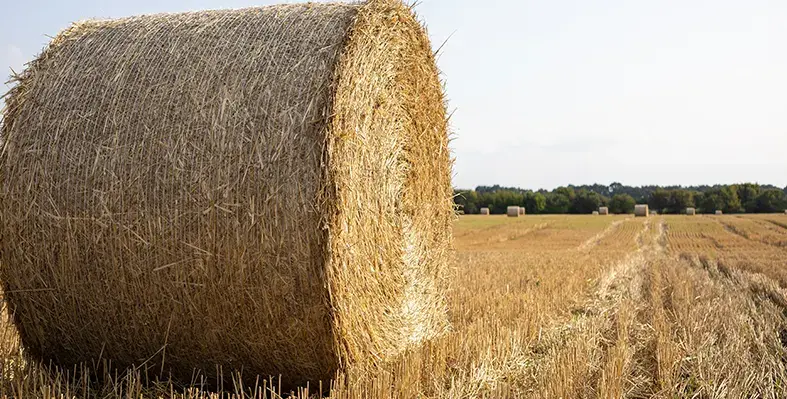Bale silage is gaining ground among livestock farmers in warm regions as a reliable, high-quality feed option that’s easy to store, transport, and use
In hot and humid climates where feed spoilage is a major concern, this method preserves nutrition by preventing fermentation and overheating after baling two common challenges in tropical environments.
One of the biggest advantages of bale silage is its convenience. Each bale functions as a self-contained, ready-to-feed unit, making handling much simpler. It removes the need for large silage pits or extensive infrastructure. For farms that rely on Total Mixed Ration (TMR), the uniformity and ease of mixing bale silage into daily rations make it an appealing option.
Producing top-quality bale silage requires attention to a few essential steps. Chief among them is compressing the forage tightly to remove air and wrapping it immediately to maintain an airtight seal. Clean handling is also critical feed must be kept free from dirt, soil, and other contaminants to avoid compromising quality.
Modern baler-wrapper machinery plays a central role in this process. Equipment that can adjust to different bale sizes and handle various chopped materials from maize and alfalfa to sugar beet by-products and wood chips helps ensure that forage is efficiently compacted and securely wrapped.
Using bale silage can significantly reduce feed losses, particularly in areas where pests, moisture, and high temperatures threaten traditional storage methods. It also supports better nutrient retention, offering a more consistent and reliable feed supply throughout the year.
For livestock farmers aiming to improve efficiency, reduce waste, and boost animal health, bale silage presents a practical, cost-effective solution. When done correctly with proper compression, cleanliness, and airtight wrapping this method delivers a powerful combination of convenience, quality, and long-term feed security.








